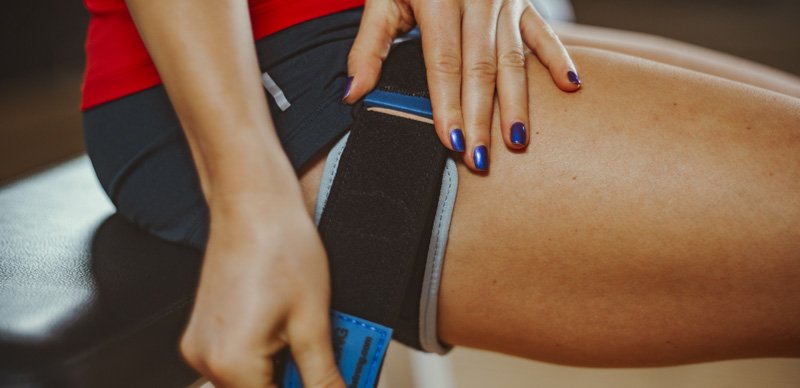Here I will try to describe the BFR training method as much as I can depending on scientific research. Blood Flow Restriction (BFR) training has become popular around the world for increasing muscle mass. In fact, it’s known to be the fastest way to build muscles. Many professional athletes I personally follow like Abel Albonetti, also use the (BFR) training method In his workout routines. People have given it many names like (KAATSU, HYPOXIC TRAINING, OCCLUSION TRAINING).
Is It Safe?
Blood Flow Restriction: This training method usually is for those who don’t want to lift really heavy weights to build muscle. Expect building muscle from exercising at higher intensities and with heavier weights, This is the other way of building muscle fast at low-intensity and with lighter weights. However, Some people are still not sure about safety. And confusion seems to be growing day by day.
If You Haven’t Heard Of BFR Training Before
Basically, Blood Flow Restriction training involves wrapping the limb of the muscle that you intend to work with. Either with a cuff or wraps to allow the flow of blood to your muscles from your arteries. While preventing the return of that blood back through the vein.
It essentially traps a lot more blood in the muscles that you’re working with. And giving you a far greater pump even with lighter weights. Research on blood flow restriction training shows that low-intensity resistance training, Even as low as 20% -50 % percent of your one-rep max can increase muscle size. Also, it can increase muscle strength in the same way as traditional High-Intensity resistance training can.
So If you’re working out at a low-intensity level. Like 20% percent of your one-rep max without blood flow restriction training. I’m sure that you won’t be seeing these kinds of results. In fact, You’ll be wasting your time completely.
Study #1 On BFR Training:
This was proven in one study. That compared regular walking with walking while restricting blood flow to the legs. For the blood restriction group, The thigh muscle cross-sectional area and the muscle volume increased by 4% to 7% percent. And their 1 rep max increased by 8% to 10% percent.
On the other hand, The regular walking group experienced absolutely no changes at all. Meaning the blood flow restriction group had statistically significant gains in muscle size and strength.

Study #2 On BFR Training:
The same thing was demonstrated in another study. Where instead of walking the two groups engaged in low-intensity resistance training at 20% of their 1 rep max. The group with the blood flow restriction experienced more than 5 times the gains in muscle cross-sectional area. They also increased their 1 rep max for squats 8% percent higher than the control group. And 20% percent higher for leg curls.
Even though, I prefer high-intensity training with heavy-weights. Low-intensity blood flow restriction (BFR) training can be a great way to throw in some different variety into your routine. It can also be great for people who can’t lift heavy weights due to an injury or some other reason.
Recommended Readings: How Heavy You Should Lift During BFR Sessions
How-To-Guide:
Basically, You have to wrap at the top of your leg or at the top of your arm right above your biceps. Wrap only one layer don’t wrap across your whole leg or your whole arm. It should look like it’s one band circling around the same spot. Don’t wrap it as tight as you can. Because That could restrict the blood flow from your arteries defeating the whole purpose. It needs to be snug not unbearably tight. And then you should aim for higher reps with only low-intensity loads. An Example is 4x sets each with only 30 seconds of rest in between. The first set should be 30 reps and then the last three should be 15 reps.
Note: Improper wrapping techniques could lead to numbness during (BFR) training Sessions. Learn more about How to do it properly and then, There’s nothing You should be worried about. IT’S SAFE!








1 Comment